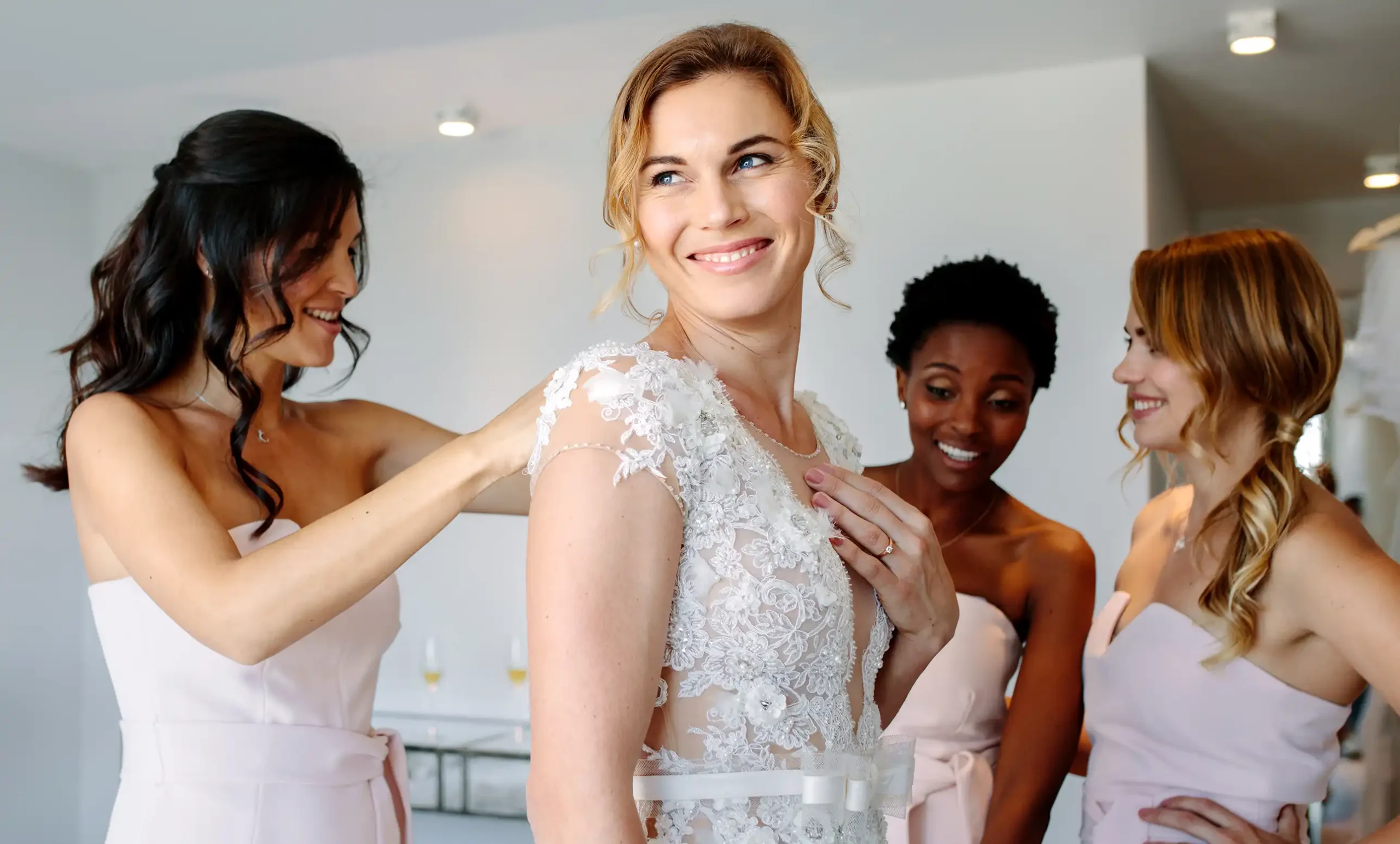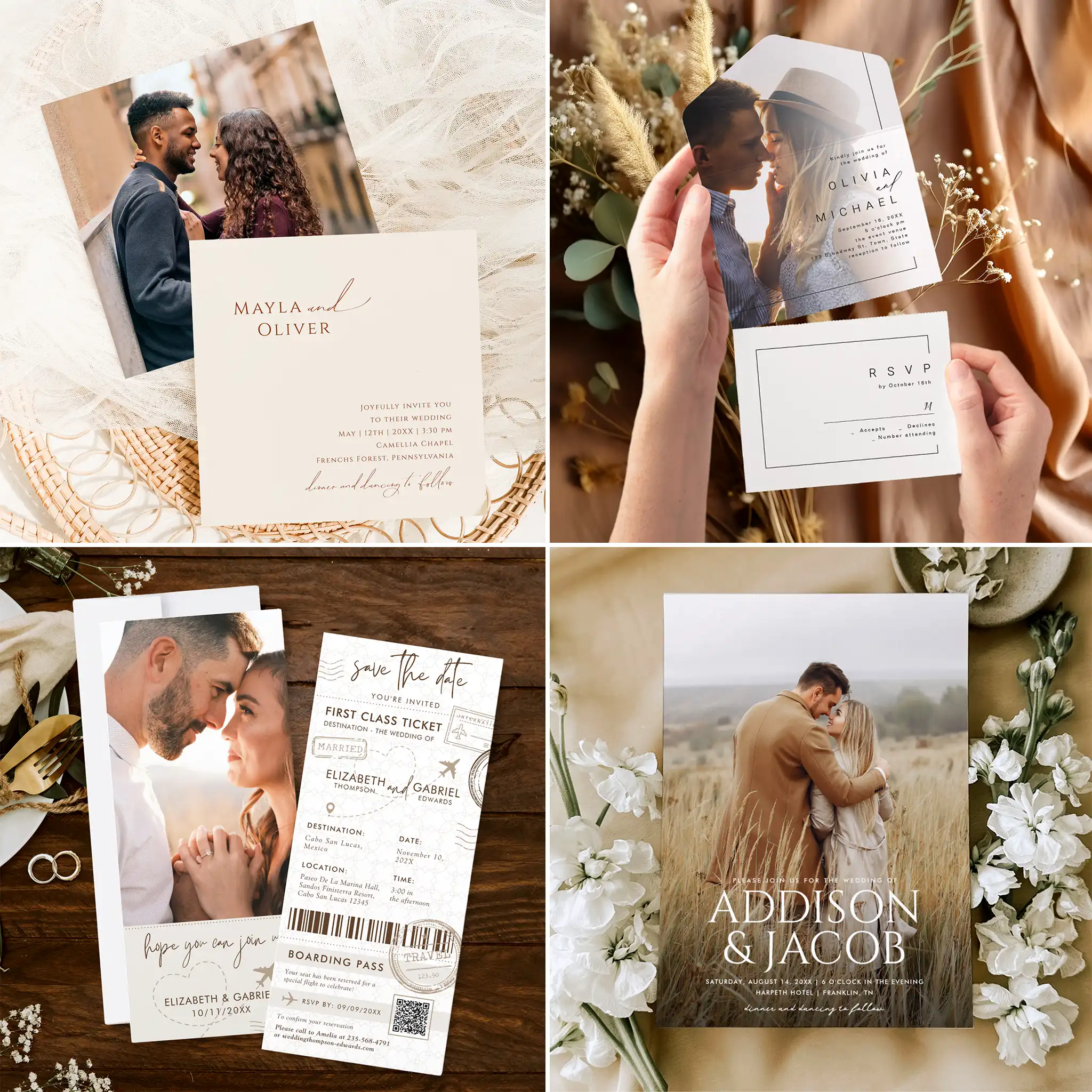When you get engaged, you’ll probably have a sparkly bit of bling on your finger! But diamond rings haven’t always played a part in proposals, and even today, there are different engagement traditions around the world. So in case you want to ‘pop the question’ overseas, or just get some inspiration, we had a look at the customs everywhere from Ancient Rome to modern-day Sweden!
Ancient Origins
The idea of exchanging rings goes back a long way. It’s even thought that cavemen wore bands of grass on their wrists and ankles to show loyalty and friendship. Engagement rings apparently existed in Ancient Egypt, but the earliest well-documented record of metal rings dates to Ancient Rome. A Roman bride-to-be might even be given two rings – a gold ring to wear in public, and a cheaper iron one, to wear while doing household duties. She would put either one of them on the third finger of her left hand because the Romans believed a vein (the ‘vena amoris’, or vein of love) ran from that finger to the heart.
Aristocratic Trends
The first diamond engagement ring on record is from 1477, and was commissioned by Archduke Maximillian of Austria for his betrothed, Mary of Burgundy. Then in the nineteenth century, Queen Victoria’s unusual ring made of emeralds, rubies, and diamonds in the shape of serpent, sparked a trend among the aristocracy. The discovery of mines made precious gemstones more available and affordable, but most people still gave simple metal bands.
Diamonds Are Forever
In fact, diamond rings didn’t really take off until a successful advertising campaign in the 1940s. To boost sales of their diamonds, the company De Beers hired an ad agency to persuade young men that only diamonds were synonymous with romance, and that the measure of a man’s love, and even his personal and professional success, was directly proportional to the size and quality of the diamond ring he bought. The infamous slogan ‘Diamonds are forever’ was born.
Left vs. Right
The theory of the ‘vena amoris’ has long been disproven, yet it’s still common to wear engagement rings on the left hand, third finger. Although in some countries, including Greece, Poland, and Denmark, it’s customary to wear them on the right hand. In Brazil and Chile, simple engagement bands are worn on the right hand, then moved to the left at the wedding. In Germany, it’s the opposite – an engagement ring is moved from the left to the right, or not worn at all after marriage.
Different Stones
The diamond is the hardest and most durable naturally occurring substance on Earth, making it a popular and fitting choice to represent everlasting love. However, in some countries like France, rubies, sapphires, or emeralds are more traditional. Whereas Native American tribes in North America opt for silver engagement rings decorated with semi-precious stones or natural materials, like turquoise and red coral.
Beads and Bangles
Rings are not the only item of jewelry exchanged at an engagement. In West Bengal, India, women traditionally wear bangles made of iron, silver, or gold, which symbolize good fortune and prosperity. In other areas of India, it’s customary to wear toe rings called ‘bichiya,’ often as well as regular engagement rings. Whereas in some parts of Africa, such as in Kenya, couples exchange jewelry with ornate and colorful beading.
Claddagh Rings
In Ireland, the traditional ‘Claddagh’ ring has a heart held by two hands topped with a crown. The hands stand for friendship, the heart for love, and the crown symbolizes loyalty. The ring is worn on the right hand with the crown turned away from the wearer to show they are single, or faced inward if they are in a relationship. When the wearer is engaged, the ring is moved to the left hand with the crown pointing inwards. Then once married, the crown is turned away. Not all Irish couples wear them, but famous owners have included Julia Roberts, Kim Kardashian and JFK.
Men’s Engagement Rings
Engagement rings are not just for women either. In Sweden and other Nordic countries, both men and women wear rings, which are usually simple gold or silver bands. In Brazil, Chile, and some other South American countries, both women and men have rings. In recent years, more men around the world have joined them due to an increase in same-sex marriages, women proposing, or just a more modern and equal perspective.
Indeed, there are so many ring traditions but today, couples are setting their own rules. Some are opting for solitaire diamonds in places where they were never traditional, while others choose not to wear engagement rings at all. Whatever you decide, just make it right for you!
Matilda is Marketing Manager in the International Team, bringing Zazzle to customers everywhere from Sydney to Stockholm.



